By Christopher Miskimon
On February 24, 1991, the ground phase of Operation Desert Storm began. Over the next four days, the soldiers of an international coalition, formed to eject the Iraqi army of Saddam Hussein from the neighboring nation of Kuwait, carried out a whirlwind offensive that quickly overwhelmed their foe. During this time, tens of thousands of Iraqi soldiers were taken prisoner.
Many of them, arms thrust upward in a sign of surrender, said one thing when they were taken into custody: “No more steel rain.” For weeks before the ground attack, these men had been systematically pummeled by the entire range of weaponry available to their opponents—B-52 bombing strikes, air attacks using tons of precision “smart” weapons, plus many more thousands of tons of traditional unguided bombs and rockets. Added to this was the close air support of fighter-bomber aircraft and attack helicopters. Artillery barrages dropped down on them by the dozens and hundreds, adding yet another level to the pounding they received.
The cries of “no more steel rain” applied to none of these, however. Instead, it was the nickname of a deadly new artillery weapon seeing its debut in combat: the M270 Multiple Launch Rocket System, or MLRS. Batteries of these weapons had been deployed to the Gulf with U.S. and British forces, who used them to blanket their target areas with hundreds of rockets releasing thousands of explosive submunitions, or bomblets, that devastated armored vehicles, trucks, equipment, and men. Volleys of rockets pounded the hapless Iraqi troops and paved the way for the sweeping infantry and armor assaults that followed. The MLRS proved itself alongside such other late-Cold War weapons as the M1 Abrams tank, M2 Bradley Fighting Vehicle, and AH64 Apache helicopter. Like these weapons, the MLRS had its origins in the 1970s development programs of the post-Vietnam era.
The MLRS Concept Takes Shape
During the late 1960s and early 1970s, America’s involvement in the Vietnam War drew most of the focus away from the traditional enemies of the time, the Soviet Union and its Warsaw Pact allies. As the United States gradually withdrew from the conflict in Asia, its attention once again returned to Eastern Europe, and the U.S. Army was not happy encountering the Russians’ new claws. The Soviets had taken advantage of America’s distraction to build up its conventional forces to unprecedented levels. The Warsaw Pact now sat across the Iron Curtain with tens of thousands of new tanks, armored vehicles, cannons, and rocket artillery pieces. Artillery had always weighed heavily in Soviet planning, and they now had new, longer-ranged cannons than most comparable American weapons.
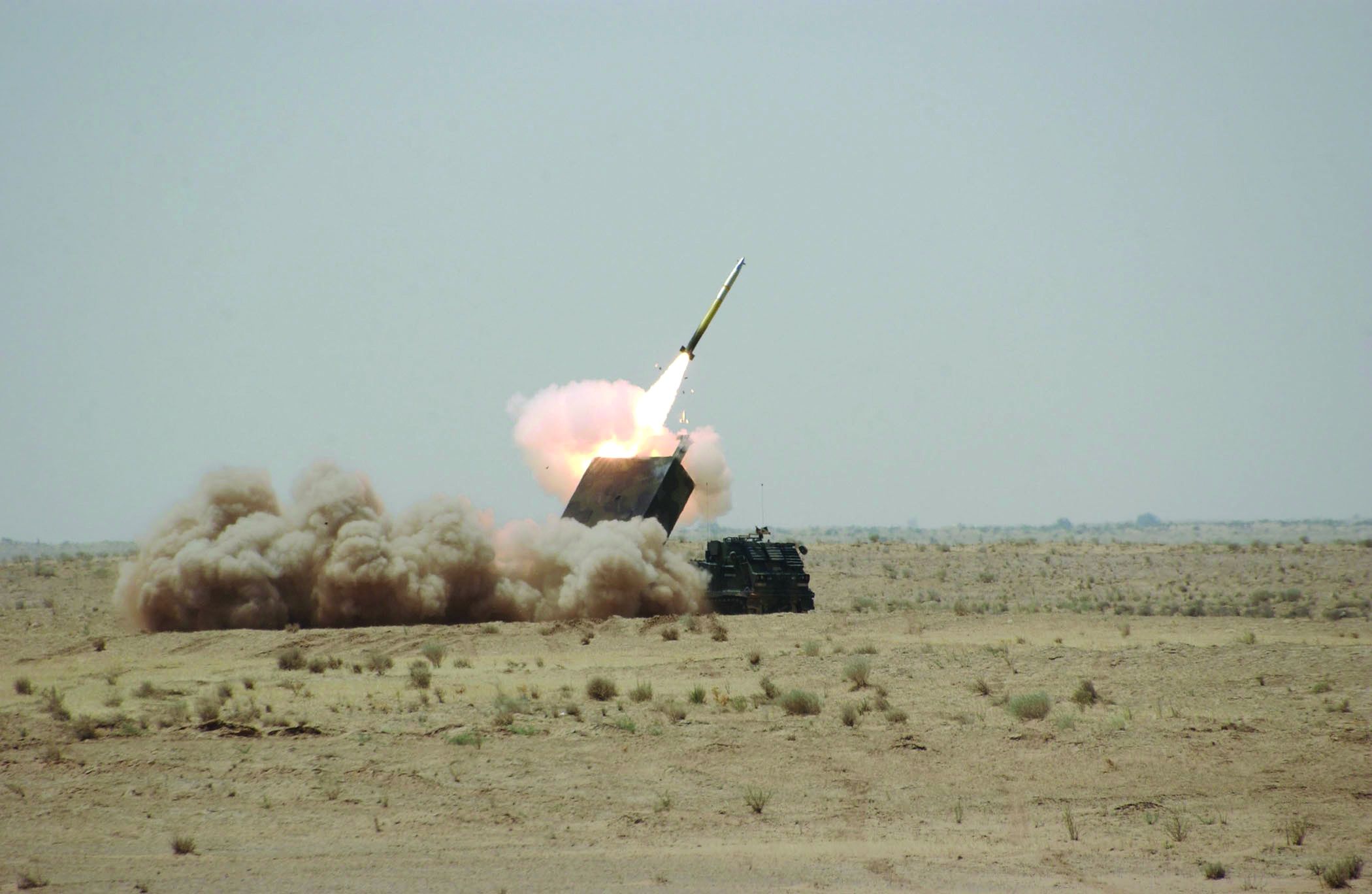
The disparity in rocket artillery was even more one-sided. Soviet tactics used barrages of thousands of rockets fired from truck-mounted multiple rocket launchers (MRLs) such as the BM-21. American artillery was only scantily supplied with rocket launchers, many of them left over from World War II. With some exceptions, U.S. planners heavily favored cannon artillery, primarily for its relative accuracy. Rockets at that time were considered “area fire” weapons; that is, they were fired en masse at an area of ground where the enemy was thought to be, rather than at a “point” target such as a bunker or trenchline. Existing rockets simply were not accurate enough for such pinpoint work, although they packed quite a punch and tended to have a terrifying psychological effect on the enemy. The Soviets were willing to saturate a target area with rockets, figuring that some, at least, would find their mark. For American artillerists, weaned on the concepts of accuracy and economy of expenditure in ammunition, large-scale use of indiscriminate rockets simply was not palatable.
A number of occurrences changed that mindset. In 1973, the Arab-Israeli War broke out. Attrition rates in that conflict were far higher than expected, greater than any possible rate of replacement for lost armor and aircraft. One of the more effective Israeli tactics had been to hit enemy Surface-to-Air Missile (SAM) sites with MRLs. The American military establishment noted this. It also noted that in the event of war in Europe, NATO would have to fight outnumbered against a well-equipped enemy in intense, destructive combat.
After long debate, the U.S. Army finally wrote a requirement for a new rocket launcher in March 1974, calling it the GSRS, or General Support Rocket System. It would be used to engage enemy air defenses and for counterbattery fire, neutralizing opposing artillery. The new launcher would have long-range and massive firepower, freeing the cannon units to provide close support to the infantry and armor. Several NATO allies, including the United Kingdom, France, and West Germany, were consulted and agreed to collaborate on the project. Since the Europeans already had looked at a similar system independently, their name was adopted, changing GSRS to MLRS.
Design and Development
Actual development began in September 1977, undertaken by the Boeing and Vought Aerospace companies, which beat out three other competitors for the contract. Development continued into the 1980s and eventually became the highest priority for the Field Artillery School, which considered it the Army’s “most spectacular new weapons system.” After initial testing proved successful, the MLRS was adopted, with the first production models, designated M270, arriving at Fort Sill, Oklahoma, in August 1982. The first operational battery of M270s was formed in March 1983, and the new unit was sent to West Germany the following September. These batteries were composed of three platoons of three launchers each, a total of nine launchers per battery. By 1987, 25 such batteries were in service.
The basic M270 was a self-propelled armored vehicle that mated two main subcomponents: the Launcher-Loader Module (LLM) containing the rocket pods and the hardware needed to load and unload them and the carrier vehicle, essentially an enlarged version of the Bradley Fighting Vehicle chassis. The vehicle was not quite 23 feet long, 9.5 feet wide, and 8.5 feet high. It weighed 52,990 pounds ready for combat. The three-man crew sat in a cab above the engine compartment. This cab was armored to protect against small-arms fire and artillery fragments. The engine was a Cummins 8-cylinder diesel developing 500 horsepower for a top speed of 40 miles per hour and a range of 483 kilometers. Directly behind the cab was the LLM, which carried two pods of six rockets each, one next to the other. For firing, the LLM raised and rotated to point to the vehicle’s side. It could fire single rockets or any number up to its full load of 12 within 60 seconds.
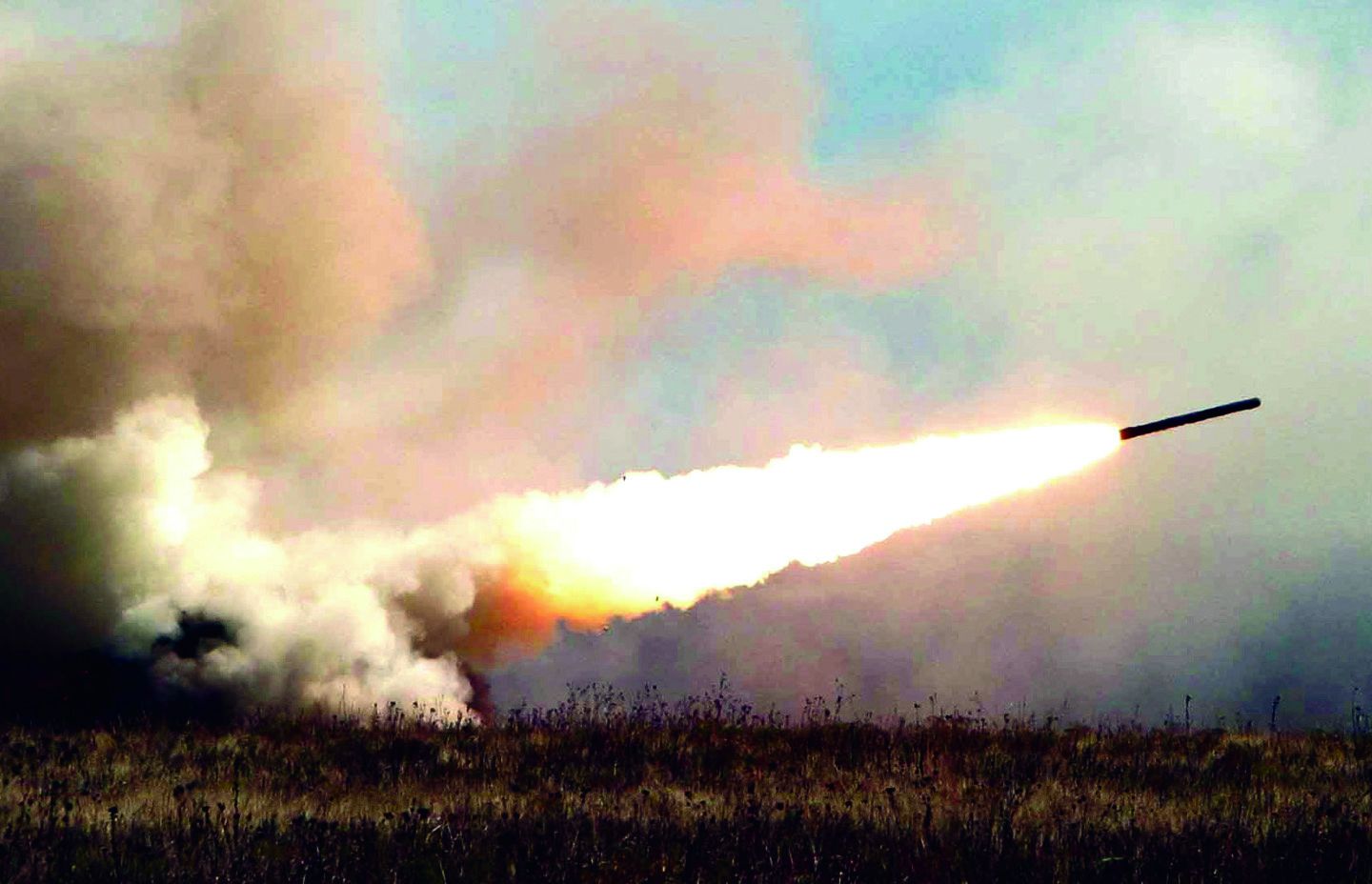
The crew consisted of a crew chief, gunner, and driver. The crew chief commanded the vehicle, oversaw firing operations, and performed checks of the other two crewmen. The gunner operated a firing panel to aim and fire the rockets at selected targets. The M270’s computer calculated the data for the rocket’s direction of fire, point of impact, and range; these calculations were based on information received digitally via radio or entered manually by the gunner. The driver operated the M270 and performed maintenance.
The heart and purpose of the M270 were its munitions. The basic rocket was the M26, with a range of 32 kilometers. It carried 644 grenade-sized submunitions. A single M270 could blanket a 600-square-meter area with 7,728 bomblets, devastating to men, material, and light vehicles, with a limited effect on armored vehicles. One battery of MLRS firing a complete volley of 108 rockets had the equivalent firepower of 33 battalions of cannon artillery. These rockets were packaged in pods of six rounds each. Rockets were only part of the picture, however. The M270 also fired the M39 Army Tactical Missile System (ATACMS) missile, each launcher carrying two missiles in place of the normal 12 rockets. The ATACMS carried 950 bomblets and had a range of 165 kilometers, giving MLRS the ability to range deep in enemy territory, hitting command posts, logistics depots, air defenses, and assembly areas for advancing units. ATACMS started development in 1985 and was rushed into service for Desert Storm.
The MLRS Doctrine
The doctrine for the use of MLRS sought to take advantage of its mobility and firepower. To avoid the expected Soviet counterbattery fire, M270s would spread out individually and hide themselves until needed for a mission. The launcher would then move to a firing position, launch its rockets, and immediately move away, hopefully before the Soviets could calculate the launch point using radar and fire on it. The M270 crew would then proceed to a reloading point, load fresh rocket pods, and move to a completely new hiding position near a different firing point. This would prevent the enemy from destroying the valuable launchers as they poured volley after volley into the advancing Soviet armored hordes.
Fortunately for all concerned, such combat never happened before the Cold War came to an end. Instead, the MLRS would be called upon in the deserts of the Middle East. When the Iraqi Army conquered Kuwait in 1990, hundreds of thousands of American troops were sent to Saudi Arabia, first to defend against further Iraqi aggression and then to free Kuwait from its occupiers. They took with them 89 MLRS launchers. The baptism of fire for the M270 came on January 17, 1991. That day, Battery A of the 6th Battalion, 27th Field Artillery was traveling west on a highway called Tapline Road, en route to an assembly area. At 1620 hours, an order came to fire its ATACMS missiles at SAM sites that posed a danger to planned B-52 air strikes. Although it took several hours to coordinate clear airspace for the missile’s trajectories, at 0042 on January 18, two missiles roared from their launchers, destroying both SAM sites. Battery A fired six more missiles that day targeting more of the Iraqi air defense network.
MLRS units also took part in a number of artillery raids over the next month as the Allied air campaign ground down the Iraqis. During these raids, artillery units would sneak close to the forward lines, fire, and fall back before the enemy could respond. In a single raid, three MLRS batteries fired 287 rockets at 24 separate targets in less than five minutes. The amount of firepower unleashed in that short span would have taken a cannon battalion well over an hour to fire. When the ground forces attacked on February 24, the M270s went with them. As the U.S. VII Corps advanced, it massed its artillery to punch its way through the Iraqi line, firing 11,000 cannon rounds and 414 rockets. This had such a profound effect on the defending Iraqis that the lead American unit, the 1st Infantry Division, met no real opposition when it assaulted.
The attack continued on the 25th. One American officer recorded, “The MLRS fires lit the sky and invigorated our soldiers as much as it disheartened the enemy.” A captured Iraqi artillery officer stated his battery had fired only one missile before bomblets covered his position, killing two-thirds of his men and destroying the majority of his guns. His surviving troops immediately deserted. When asked to explain why they had surrendered, numerous Iraqis said: “No more rockets” and “Please stop the iron rain.” The MLRS was particularly useful in knocking out enemy artillery positions; some units reported no attacks by enemy artillery at all. By war’s end, 6,000 of the 57,000 artillery rounds fired were MLRS rockets; 32 ATACMS were fired as well. The MLRS had exceeded expectations in its first combat use, proving even more effective than the Army had estimated.
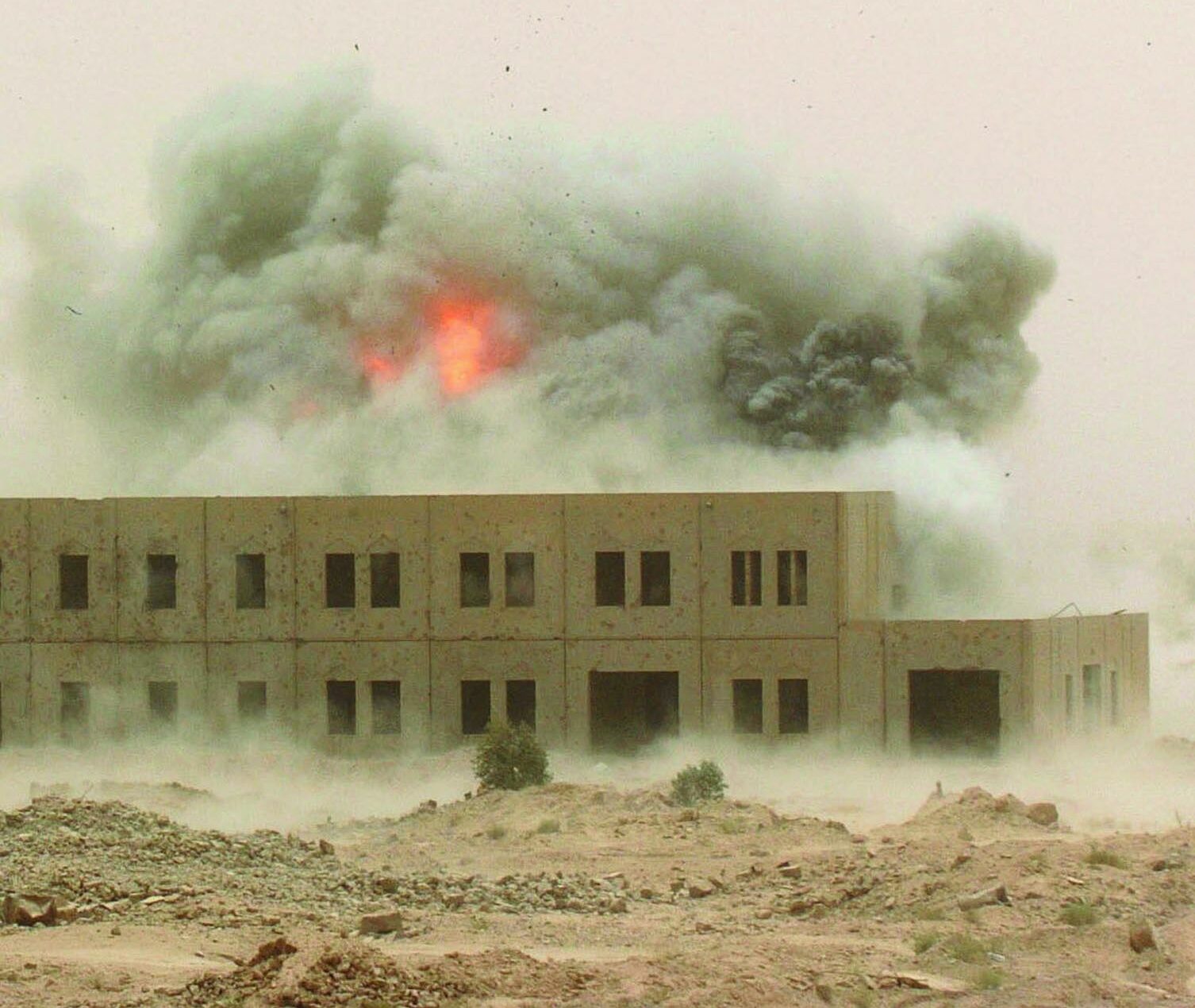
MLRS in the Post-Cold War Era
After the Gulf War, the Army experienced a large reduction in its size and budget throughout the 1990s, which led to extensive reorganization. MLRS batteries were reduced in size to six launchers each, and many launchers were given to National Guard units to replace their aging 8-inch and 155mm howitzers. Despite dwindling financial support, research continued to improve the M270 series. Experience in the Middle East had shown that, although the weapon possessed great firepower, it needed to shoot farther, which led to the introduction of the M26A1 rocket, with an extended range of 45 kilometers. A practice rocket lacking bomblets, the M28A1, was designed to reduce the cost of live fire training; troops jokingly call it the “telephone pole.” During the present decade, work also began on rockets with GPS guidance and a single “unitary” warhead instead of submunitions for precision strikes. Similar improvements were begun for the ATACMS. The newer missiles have a range double that of the original. The German and British militaries have adapted the AT2 rocket to dispense antitank mines.
The launcher itself was upgraded as well. Its electronics, vintage late-1970s technology, were replaced with newer GPS and digital instrumentation, increasing accuracy and reducing the time needed to get the weapon into action. The new launcher was designated the M270A1 and it works with the Army’s new digital systems.
The improved MLRS would be put to the test in March 2003 during Operation Iraqi Freedom. In this return engagement with Iraq, the MLRS performed well once again, although adaptations were necessary. The threat of Iraqi airstrikes and artillery fire was quite low. Instead, the danger came from guerilla-style attacks by enemy troops equipped with small arms and RPG handheld antitank weapons. The standard doctrine of spreading out only made the launchers more vulnerable. To counter this threat, many MLRS units abandoned the concept and stayed together for mutual support, forming ad hoc mobile firebases.
The combination of GPS guidance and the unitary warhead has kept the MLRS useful as the Iraq War of 2003 has evolved into a grinding fight against the Iraqi insurgency. Civilian casualties and “collateral damage” are unacceptable both politically and ethically in such a situation; the M26 rocket with its hundreds of bomblets is simply unusable. Bomblet-dispensing munitions, including the MLRS, have one major disadvantage in the contemporary environment: dud submunitions. The MLRS has a dud rate of 2 percent, giving the M26 rocket an average of 12 or 13 bomblets that will fail to explode; some estimates place the dud rate even higher. Since most of the fighting has taken place in populated areas, large numbers of bomblets have been left in fields and trees and on top of buildings, resulting in civilian casualties when Iraqis unwittingly find and handle them. In truth, the MLRS is far from the only bomblet-dispensing weapon in use, and there is a lot more leftover Iraqi ordnance lying around than dud allied munitions. The unitary warhead helps solve both the dud problem and allows for the precision attacks that have come to characterize American strikes, giving artillery units ability previously only available from aircraft. The first combat use of the weapon came during September 2005 at Tal Afar. Two rockets were fired from a range of over 50 kilometers at a pair of insurrectionary strongholds. Both rockets hit their targets, killing 48 insurgents.
Counting the United States and the NATO countries that helped develop it, some 13 nations currently use the MLRS, including Israel, South Korea, Egypt, and Norway. Many of these nations have simply bought launchers and rockets directly from the United States while others have undertaken production on their own. Since many thousands of Soviet-pattern MLRs are in service around the globe, the MLRS is not the world’s most numerous rocket system, although it is likely the most widely used Western launcher in current service.
Given the large costs of creating such weapons, the M270 MLRS can be expected to soldier on for the foreseeable future with occasional technical updates and improved ammunition. As part of the U.S. Army’s efforts toward lighter, more easily transportable weapons, it is developing the High Mobility Artillery Rocket System (HIMARS), a truck-mounted version of the MLRS. It is expected the new weapon will supplement and partially replace the M270A1.
For the time being, the MLRS still provides an effective rocket system for U.S. armored units. Created as an answer to the Cold War menace of the now-defunct Soviet Union, the M270 was never used against the Russians, but instead saw extensive and unexpected combat in the Middle East. In doing so, the MLRS has shown itself to be a vital link in the Army’s artillery force, its combat record both versatile and deadly.
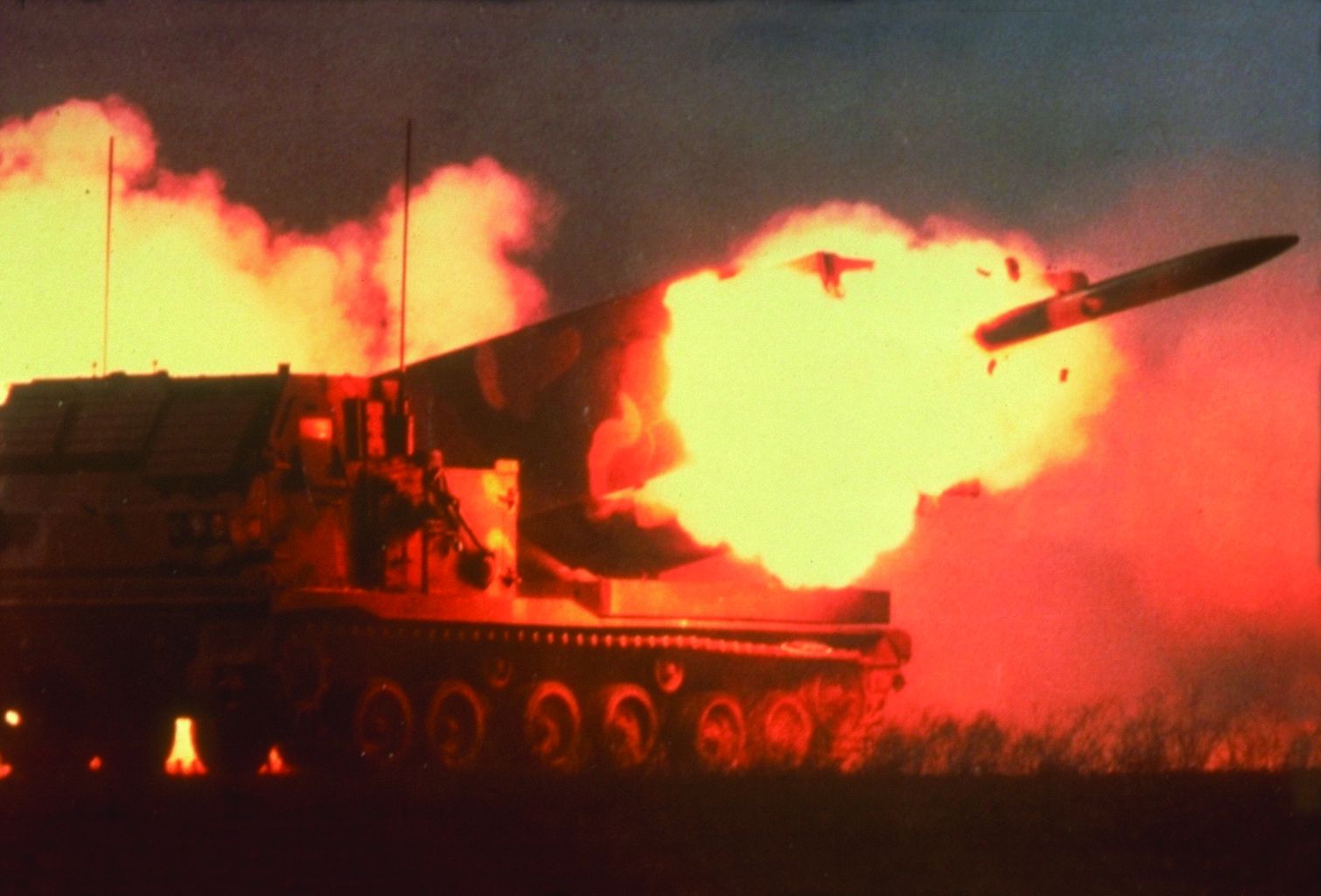
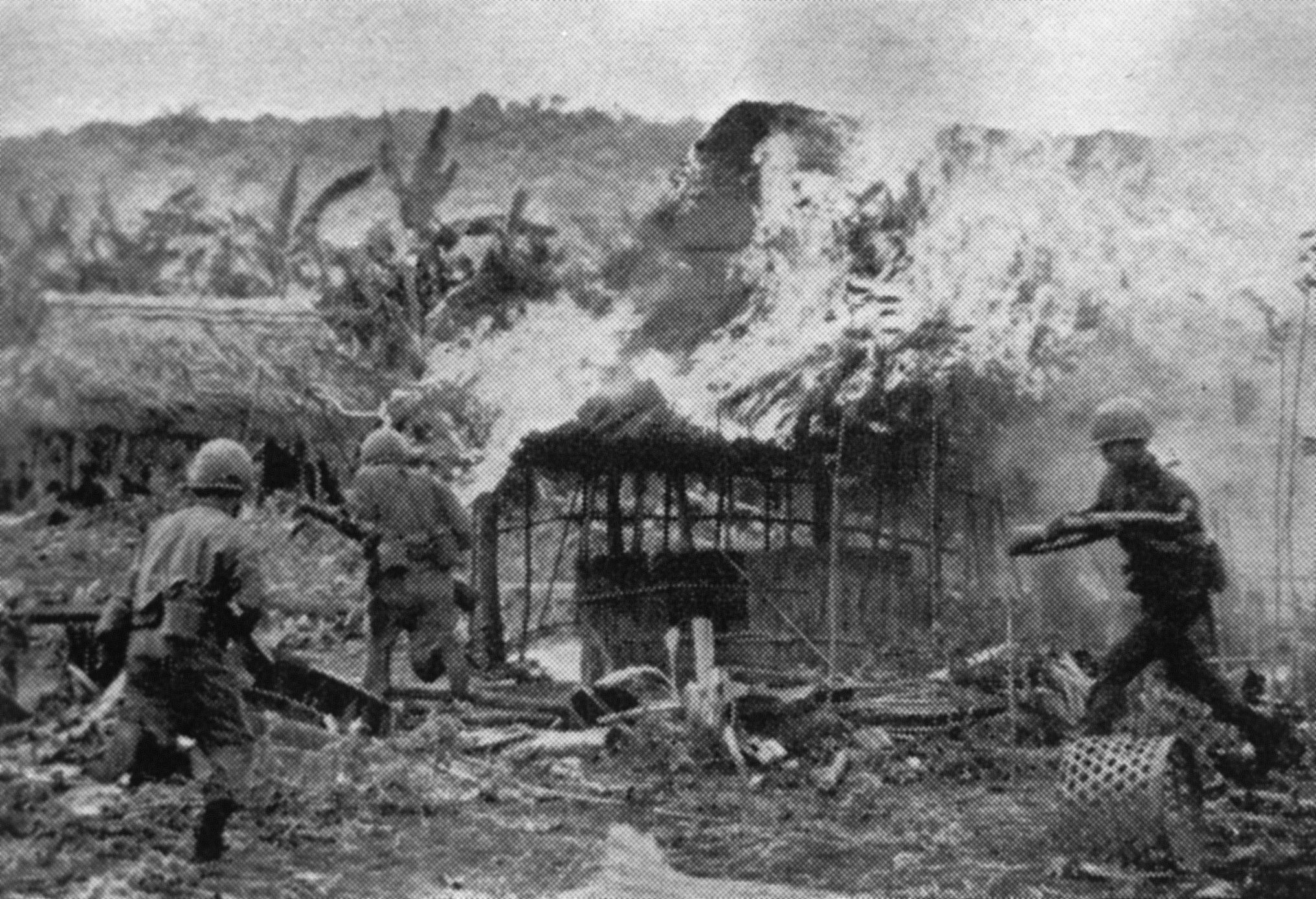
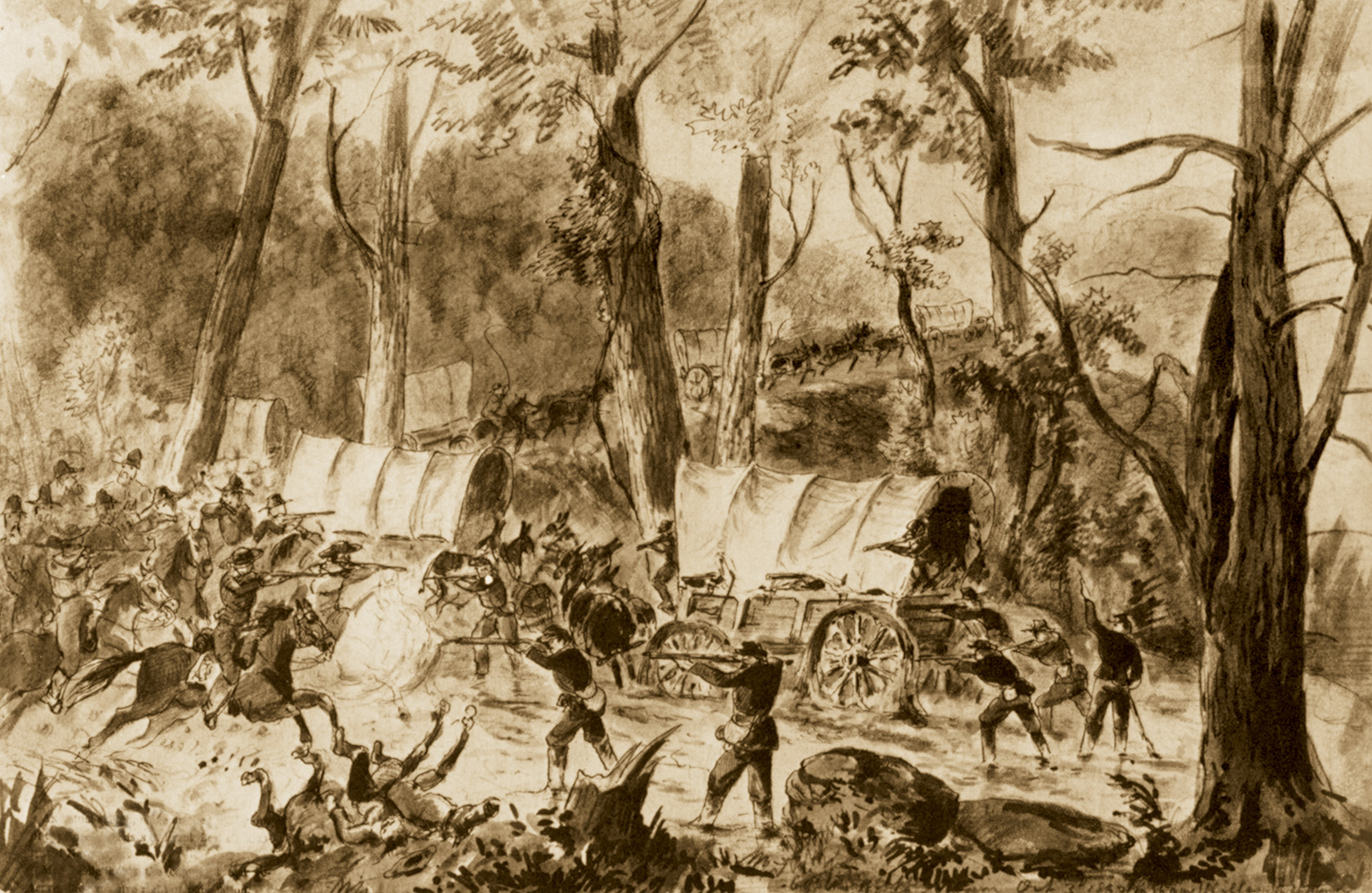
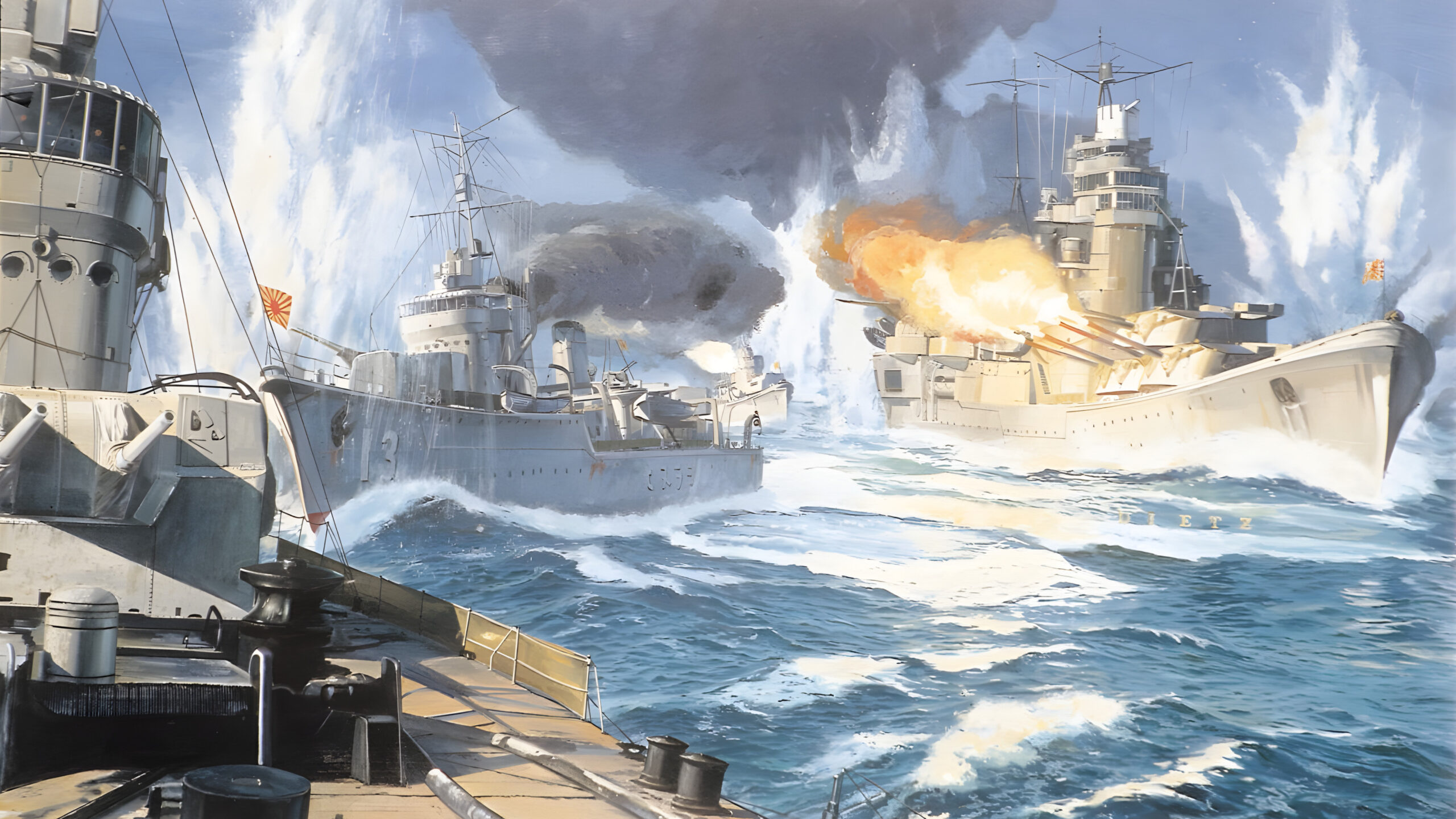


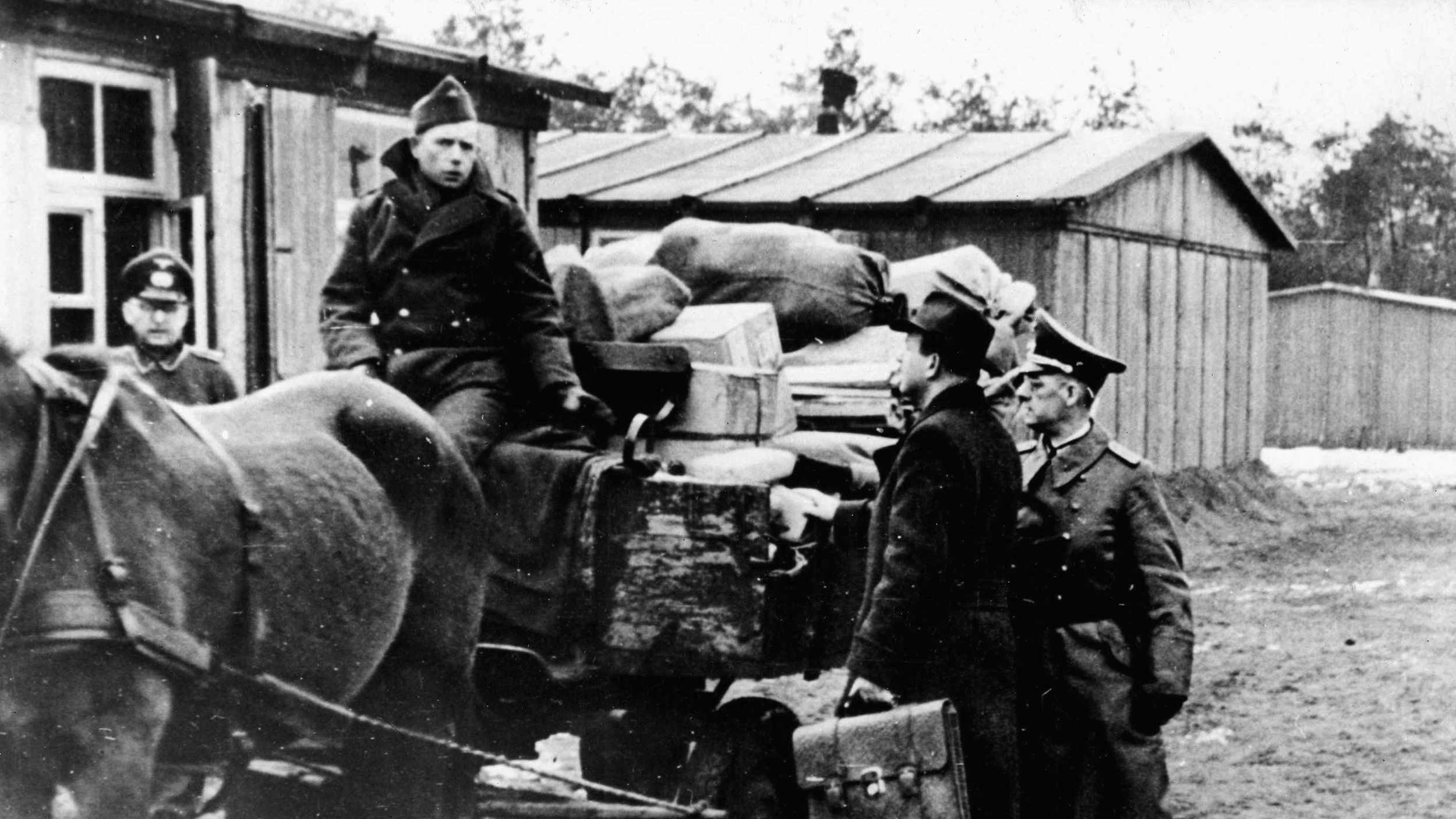

Join The Conversation
Comments